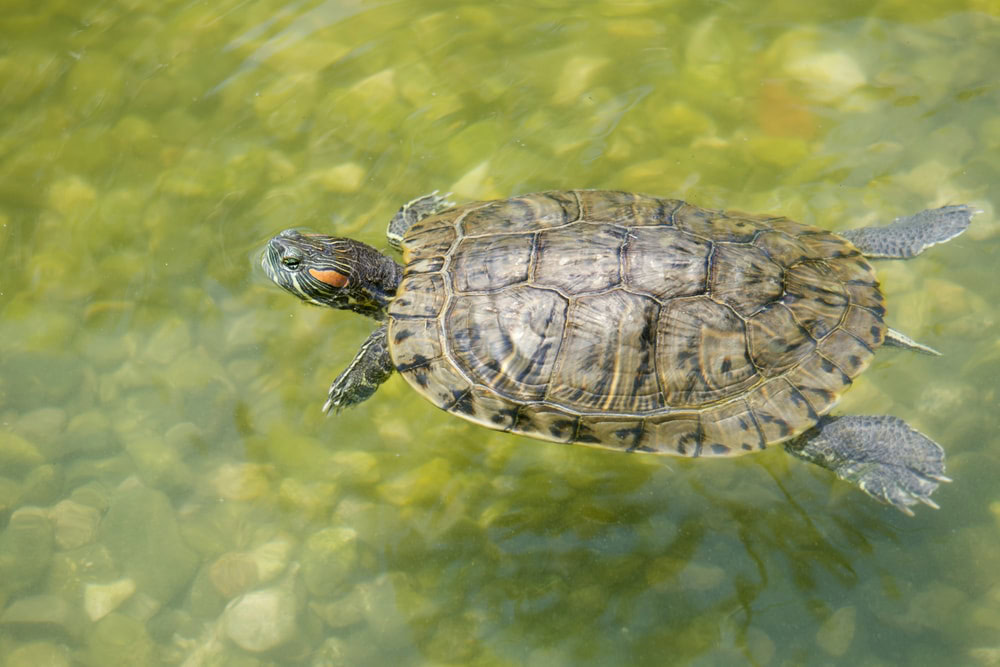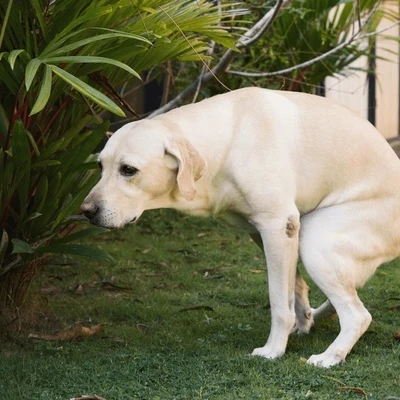What to Do When Your Pet Turtle Doesn’t Adapt to Water Quality?
The habitat of aquatic turtles is inherently tied to water. The quality of the water, whether good or poor, is a crucial factor in determining whether you can successfully keep aquatic turtles. However, we sometimes encounter sensitive issues, such as turtles being overly sensitive to the quality of new water. Since they live underwater, they require a healthy aquatic environment.

Turtles Allergic to Water Environment
Avoiding water, nasal congestion, refusal to eat anything, and white discharge from the turtle's eyes.
Shedding skin all over the body: Initially, it sheds a little skin, but it can progress to the entire surface of the skin being shed completely, exposing the underlying layer, with the first layer of skin from head to toe being completely damaged. The external appearance resembles skin rot.
After a period of time showing these symptoms, the turtle's eyes may be completely unable to open. A white membrane envelops the outside of the eyes, leading to a condition known as white eye. With this understanding, one must say goodbye to their beloved turtle in 8 out of 10 cases.
So, how can you help your turtle avoid water allergy issues?
Proper "water filtration" is a particularly important task, summarized as "good water leads to healthy turtles." It is recommended that before changing the water for any turtle species, the water should be exposed to sunlight.
Use a larger container to expose the water, depending on the amount of water needed so you can select an appropriate container. If there are no other unusual issues, change the water every 5 days to a week during winter. In summer, change the water every 3 to 5 days.
Each time you change the water, do not replace all of it; instead, change 2/3 of the water and leave 1/3. This allows the turtle to gradually adapt to the new water environment, minimizing the allergic reactions. This is one step in the process.










